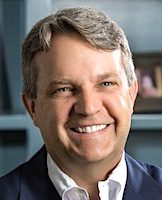RMLC, ASCAP A-OK




ASCAP CEO Elizabeth Matthews commented: “We are confident that our new agreement will provide enhanced financial benefits to ASCAP songwriters, composers and music publishers at a time of tremendous disruption in the music industry. Reaching a voluntary agreement with the terrestrial radio industry enables ASCAP to stabilize and grow revenues for our members while continuing to aggressively advocate for regulatory reform to modernize the music licensing system.”
RMLC Chairman Ed Christian said, “This agreement demonstrates how the creative and music user communities can work together in good faith to produce an outcome that is positive for both sides. The increase in ASCAP fees is consistent with ASCAP’s established spin share on radio. We are pleased to close this deal ensuring that there will be no interruption in ASCAP music being performed on American radio at a time when the music licensing landscape has become increasingly complex.”







